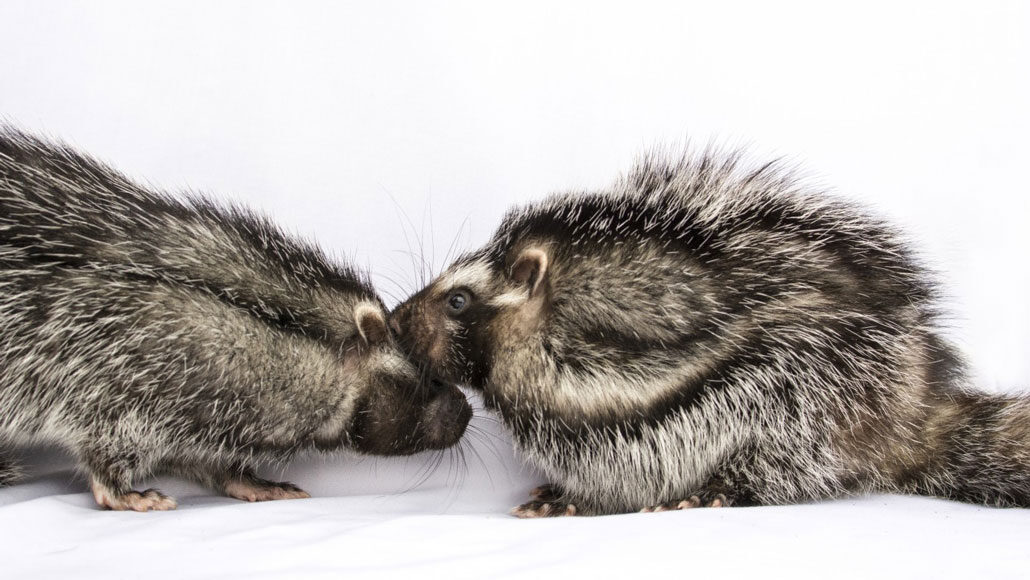Questions for “Africa’s poisonous rats are surprisingly social”

Two African crested rats interact with each other.
Stephanie Higgins
Come explore with us!

Two African crested rats interact with each other.
Stephanie Higgins
To accompany “Africa’s poisonous rats are surprisingly social”
1. When you think about rats, what makes them seem most scary or dangerous?
2. When you think of poisons, what are the first three that come to mind? What is their source?
1. In 2011, what unusual thing did scientists learn about African crested rats?
2. How do these rats get their toxic defense?
3. What would happen to a human who chewed on leaves and bark of the poison arrow tree, according to the story?
4. What bait did scientists use to trap some of the African crested rats in the wild?
5. When scientists watched rats in the test “house,” how did the animals socialize?
6. What effect did chewing on materials from the poison arrow tree have on the rats?
1. Why would it be useful for scientists to know how the rats keep from getting poisoned by the poison arrow tree?
2. Do some research to find examples of other animals that borrow poison for their own defenses? And what uses might scientists find for nature’s poisons? (Here are a few possible sources: Cool Jobs: Finding new uses for nature’s poisons, Toxic germs on its skin make this newt deadly, Can’t touch this: Unusual venomous creatures and How these poison frogs avoid poisoning themselves.)
Register to access:
An error occurred. Please try again.
Already Registered? Enter your e-mail address above.